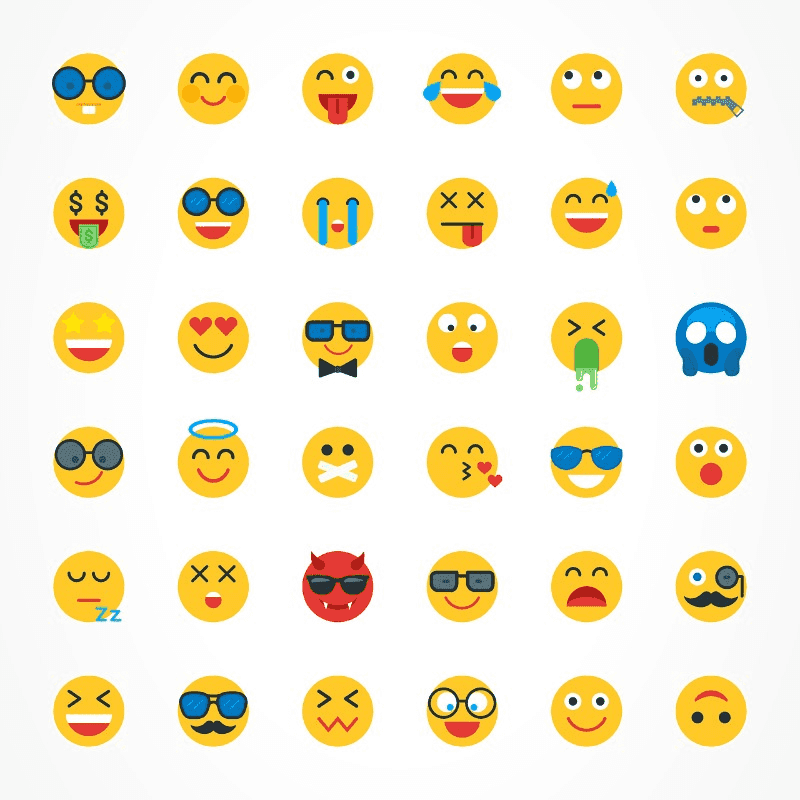Mood Index - What is it and how can you measure it?
Table of Contents
- Introduction
- Employee Experience
- HRMS/HRIS Software
- Learning & Development platforms
- Communication Tools
- Analytics Tools
- Conclusion
Introduction
Employee attrition can be a costly and disruptive problem for companies of all sizes and industries.
High turnover rates can be detrimental to productivity, morale, and the bottom line.
In today's fast-paced and competitive business world, employees are more discerning than ever when it comes to choosing where they want to work.
They seek not only competitive salaries but also a supportive work environment and opportunities for growth and development. As a result, retaining top talent has become a paramount concern for companies.
In this blog post, we will explore five essential tools that every company should consider investing in to combat the costly issue of employee attrition.
These tools encompass a range of strategies and technologies that can help create a workplace environment where employees feel valued, engaged, and motivated to stay with the company.

1. Nasch - Employee Experience
Regular feedback is crucial for understanding your employees' sentiments and identifying areas of improvement.
Although there are many survey tools like SurveyMonkey, Qualtrics, etc, just conducting blind periodic surveys is not enough if you want to make a true impact on your people's lives and reduce attrition.
These surveys have to be followed by 'Actions' to create an impact and that's exactly what Nasch is designed to do.
Using proprietary AI algorithms, Nasch triggers automatic action items in the form of 'Nudges' and automates the action taking procedure that should follow any survey.
This allows your managers and employees to communicate effectively, workout any issues and thrive as one company.
Key Features:
- Actions after Surveys: Most important and mostly missed piece of the puzzle when you use any traditional survey tool. Personalized Nudges are sent out to relevant people within the organization in response to survey answers
- Psychological Safety:All personalization of surveys and nudges are executed keeping DEI (Diversity, Equity and Inclusivity) in mind.
- Automation led scale: Allowing HRs to have a personal touch with their employees at scale, no matter the size of the organization
2. Workday - Or other similar HRMS/HRIS softwares
Effective HRMS/HRIS software is integral to employee satisfaction.
Tools like Workday, BambooHR, or SuccessFactors offer features for goal setting, regular check-ins, and performance reviews.
By streamlining these processes, managers can better understand their team members' progress, strengths, and areas for development, ultimately enhancing job satisfaction.
Key Features:
- Human Resource Management:Centralize and automate HR tasks, from employee records and compliance to benefits administration and time tracking.
- Talent Acquisition: A Simplify the recruitment process with tools for job posting, candidate tracking, and interview scheduling.
- Workforce Planning:Gain insights into your workforce, allowing you to identify skill gaps and plan for future staffing needs.
3. Schoox - Or other similar Learning & Development platforms
Employees often seek growth opportunities within their organizations.
Investing in platforms like Schoox, LinkedIn Learning, Coursera for Business, or your own Learning Management System (LMS) can empower employees to acquire new skills and knowledge.
This not only benefits individual career growth but also demonstrates your commitment to their development.
Key Features:
- Personalized Learning PathsTailored training and development plans to individual employee needs, ensuring that they acquire the skills required for their roles and career advancement.
- Certifications & ComplianceMonitor and manage certifications, track compliance, and ensure that employees meet regulatory requirements and industry standards.
- Social LearningEncourage collaborative learning through social features such as discussion forums, knowledge sharing, and peer-to-peer recognition.
4. Slack - Or other similar communication tools
Effective communication is key to maintaining a cohesive workforce, especially in today's remote and hybrid work environments.
Tools like Slack, Microsoft Teams, or even project management platforms like Asana and Trello enable seamless communication, collaboration, and transparency among team members.
When employees feel connected and informed, they're more likely to stay engaged.
Key Features:
- Efficient CollaborationSlack streamlines communication, reducing the need for lengthy email threads and enabling teams to collaborate seamlessly.
- Improved ProductivityBy centralizing communication and providing easy access to information, Slack helps teams stay focused and accomplish tasks more efficiently.
- Remote WorkSlack is particularly valuable for remote and distributed teams, bridging geographical gaps and facilitating remote collaboration.
5. Peoplesoft - Or other similar HR Analytics tools
To reduce attrition, you need to understand the underlying factors.
HR analytics tools like Tableau, PeopleSoft, or Workforce Analytics by Oracle can help you analyze data on employee turnover, identify trends, and predict potential issues.
By leveraging data-driven insights, you can proactively address problems and implement strategies to retain your workforce.
Key Features:
- Streamline OperationsBy integrating HR, financials, and other core functions, PeopleSoft simplifies processes and improves efficiency.
- Drive Insightful Decision-MakingRobust analytics and reporting empower organizations to gain deeper insights into their operations and make informed decisions.
- Support GrowthPeopleSoft's scalability allows it to grow with your organization, making it suitable for businesses of all sizes.

Conclusion
In addition to these tools, it's important to foster a workplace culture that values employee well-being, offers opportunities for career growth, and provides a healthy work-life balance.
These tools should complement your broader HR and management strategies.
Reducing employee attrition is an ongoing process.
Regularly evaluate the effectiveness of these tools and adapt your approach as needed.
Combining the power of technology with a people-centric approach will significantly enhance your organization's ability to retain top talent and thrive in today's competitive business landscape.
In conclusion, employee attrition is a challenge that every organization faces, but it's not insurmountable.
By investing in the right tools and creating a culture of engagement and development, you can reduce turnover and build a more loyal and motivated workforce.
The five tools mentioned here are just a starting point on your journey to improving employee retention and ultimately achieving long-term success.
PS: Checkout our Mood-Index blog here to know how you can manage employee moods



